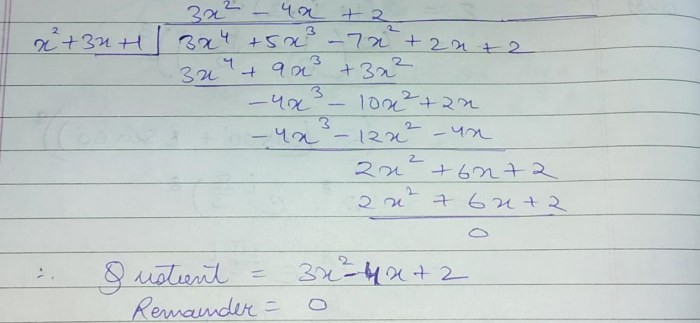Select all the pairs of equivalent expressions. This seemingly simple task requires a deep understanding of algebraic equivalence and its practical applications. In this comprehensive guide, we will delve into the intricacies of expression equivalence, exploring its significance and equipping you with the tools to identify and utilize equivalent expressions effectively.
We will begin by defining equivalent expressions and explaining the concept of algebraic equivalence. We will then discuss the importance of recognizing equivalent expressions and explore the various methods for identifying equivalence, including isolating variables, using properties of operations, and factoring and expanding.
Expression Equivalence Identification

Equivalent expressions are expressions that have the same value for all values of the variables involved. Algebraic equivalence refers to the relationship between expressions that are equal under all operations and transformations. Recognizing equivalent expressions is crucial in algebra, as it allows for simplification, equation solving, and more.
Methods for Identifying Equivalence, Select all the pairs of equivalent expressions
Isolating variables involves manipulating an expression to express a variable in terms of other variables or constants. Properties of operations, such as the commutative, associative, and distributive properties, can be used to transform expressions into equivalent forms. Factoring and expanding expressions can also help identify equivalence by breaking down expressions into simpler components or combining them.
Examples of Equivalent Expressions
| Original Expression | Equivalent Expression |
|---|---|
| 2x + 5 | 5 + 2x |
(x
|
x2
|
|x
|
-x + 2, jika x ≥ 2x
|
Applications of Equivalent Expressions
Equivalent expressions are used in simplifying algebraic equations by isolating variables and transforming expressions into more manageable forms. They also play a role in solving inequalities, as equivalent expressions can be substituted without altering the solution set.
In real-world applications, identifying equivalent expressions can be beneficial in areas such as finance, physics, and engineering, where it helps simplify complex equations and models.
Helpful Answers: Select All The Pairs Of Equivalent Expressions
What is the definition of equivalent expressions?
Equivalent expressions are expressions that have the same value for all values of the variables they contain.
How do I identify equivalent expressions?
You can identify equivalent expressions by isolating variables, using properties of operations, and factoring and expanding.
What are the applications of equivalent expressions?
Equivalent expressions can be used to simplify algebraic equations, solve inequalities, and solve real-world problems.

